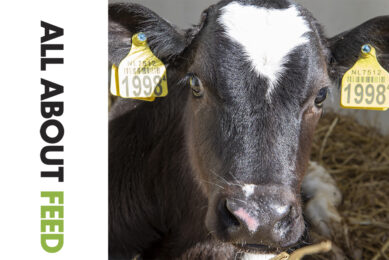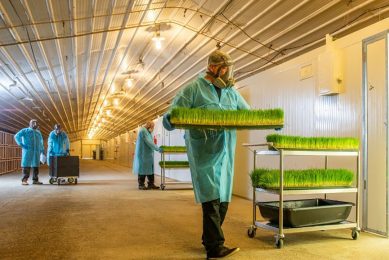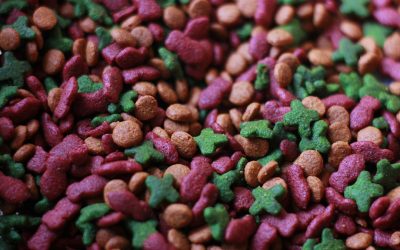Meat-first and high-protein pet foods – the facts

Many dog and cat owners want to feed their pets a meat-based diet with plenty of animal protein. They look for foods that are meat-first in their ingredient listings. Pro-actively, various pet food labels highlight a meat species as first ingredient. Meat-first does not guarantee a sizeable proportion of animal protein, whereas meat-first, high-protein foods can have health drawbacks.
Nutrition not ingredients are key in pet food
Pet owners who believe that dogs and cats are designed to consume meat for optimum health seem not to consider that their pets require specific nutrients rather than specific ingredients. There is no objective evidence that complete and balanced, meat-based and meatless foods have differential health effects. This leaves unimpeded that meat type and content claims on pet food should be transparent. Numerous ingredient lists declare the name of a warm-blooded land animal species without denoting meat. The declarations concern fresh or preserved, fleshy parts, organs, viscera and/or carcass derivatives. The claims “rich in”, “high in” or “with extra X” require that the food contains at least 14% X. When X is included in the product name, the minimum amount must be 26%. Animal material abounding in water could add little to the food’s nutrient content. Dry, grain-based foods normally contain more than 14% preserved animal materials referred to as dried, dehydrated or meal.

Anton Beynen: “Meat-first should neither mislead purchasers nor compromise pet health
Pet food ingredient labels: fact or fiction
In accordance with the basic formula, the pet food label must list the ingredients in descending order by weight, but with a tolerance of ± 15%. The inclusion percentages are not disclosed, except for ingredients highlighted in the labelling.
Although moist animal parts tend to rank higher, they could contribute little nutrition as their water fraction of up to 75% is without nutrients. This applies to wet diets and dry foods produced with wet animal ingredients.
The recipes of dry foods can be designed legally so that an animal component heads the ingredient list. The rehydration method ranks the ingredients with their original water content. Thus, dry animal material mounts, passes other ingredients and may become number one. Alternatively, recipes can be steered toward meat-first by splitting starchy ingredients into different processing forms, fractions or crop varieties.
High-protein, low-carb foods: finding the balance in pet food
Natural, grain-free foods that emphasise meats as ingredients often bear the captions biologically appropriate, evolutionary, ancestral or instinctive. For such dry, extruded foods, meat-first and recommended for dogs of all life stages, the composition was computed. Six foods state the first ingredient by animal species only. One food does so with meat or organs as noun and two foods with meal. On average, the 10 foods of different brands accommodate 35% protein and 26% carbohydrates (nitrogen-free extract). These levels are high and low, respectively, when compared to regular grain-based dry foods. Clearly, abundant protein is at the expense of carbohydrates.
The mean protein level of the 10 foods is 21 g per MJ of metabolisable energy, which might put senior dogs at further risk of chronic kidney disease. A classical study showed that older dogs require 11 g protein/MJ for muscle-protein maintenance. In uninephrectomised geriatric dogs, protein intake of 19 versus 10 g/MJ caused additional pathological tissue changes in the remaining kidney.
The impact of calcium and phosphorus in pet food
The 10 all-life stage foods have average calcium and phosphorus concentrations of 1.12 and 0.76 g/MJ. The foods with above-average calcium levels may induce skeletal disease (osteochondrosis) in young growing dogs of large breeds for which FEDIAF advises a maximum calcium content of 1.0 g/MJ. Indirect evidence indicates that the foods’ high phosphorus load enhances the development of chronic kidney disease in older dogs.











